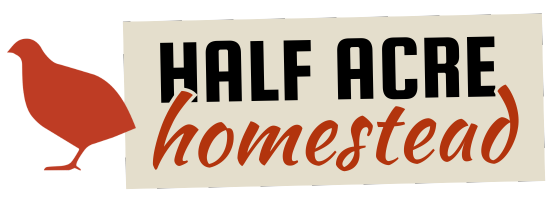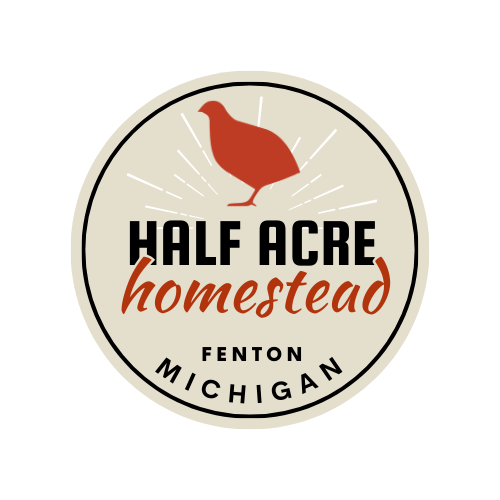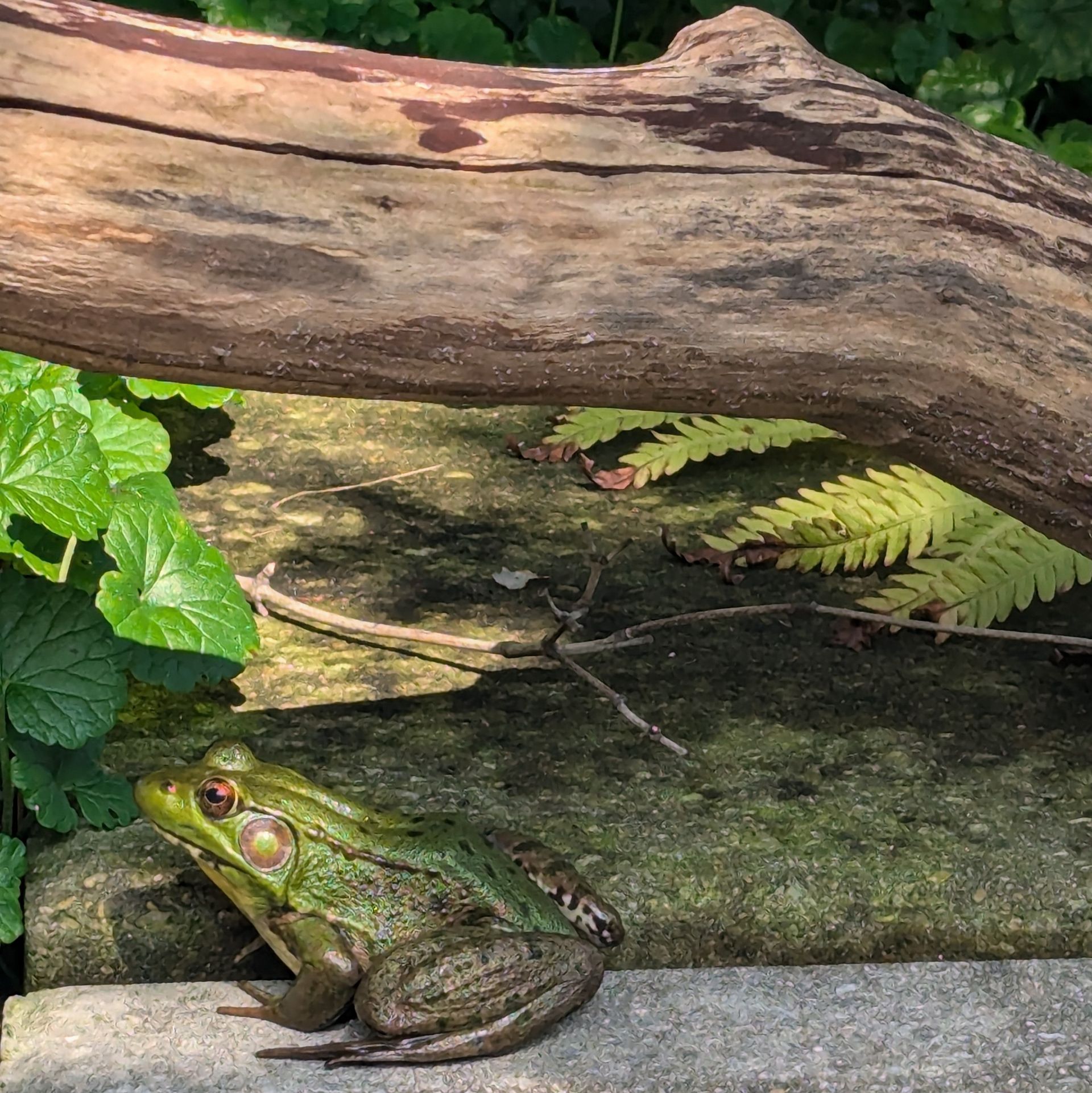Goosefoot
Goosefoot: The Wild Green You Didn’t Know You Needed
Goosefoot, or Lambsquarters (Chenopodium album) is one of the most underrated wild edibles growing in backyards, garden beds, and along fences across North America. Often dismissed as a weed, this resilient plant is actually a nutritional powerhouse—and a favorite among foragers and homesteaders alike.
What Is It?
Goosefoot, also known as wild spinach, is a fast-growing annual that thrives in disturbed soil. It has diamond-shaped leaves that look dusted with a silvery-white powder, especially on the undersides. It can grow up to 5 feet tall and produces small, greenish flower clusters.
Why You Should Eat It
Don’t let its “weed” status fool you. Goosefoot is packed with:
- Vitamins A and C
- Calcium, iron, and magnesium
- Protein and fiber
Its taste is similar to spinach—mild, earthy, and perfect for sautéing, steaming, or tossing into soups, omelets, or smoothies. Just be sure to harvest young, tender leaves and cook or blanch them to reduce naturally occurring oxalates.
A Homesteader’s Friend
Besides being edible, Goosefoot improves your soil by pulling up nutrients from deep underground with its long taproot. If you find it growing on your land, consider it a gift! Let some go to seed and you’ll have a free, nutrient-rich green every year with zero effort.
Next time you’re weeding the garden, think twice before pulling Goosefoot. It might just be the most nutritious thing growing on your property!


